Dry Orange Fruit - Why An Orange Tree Produces Dry Oranges
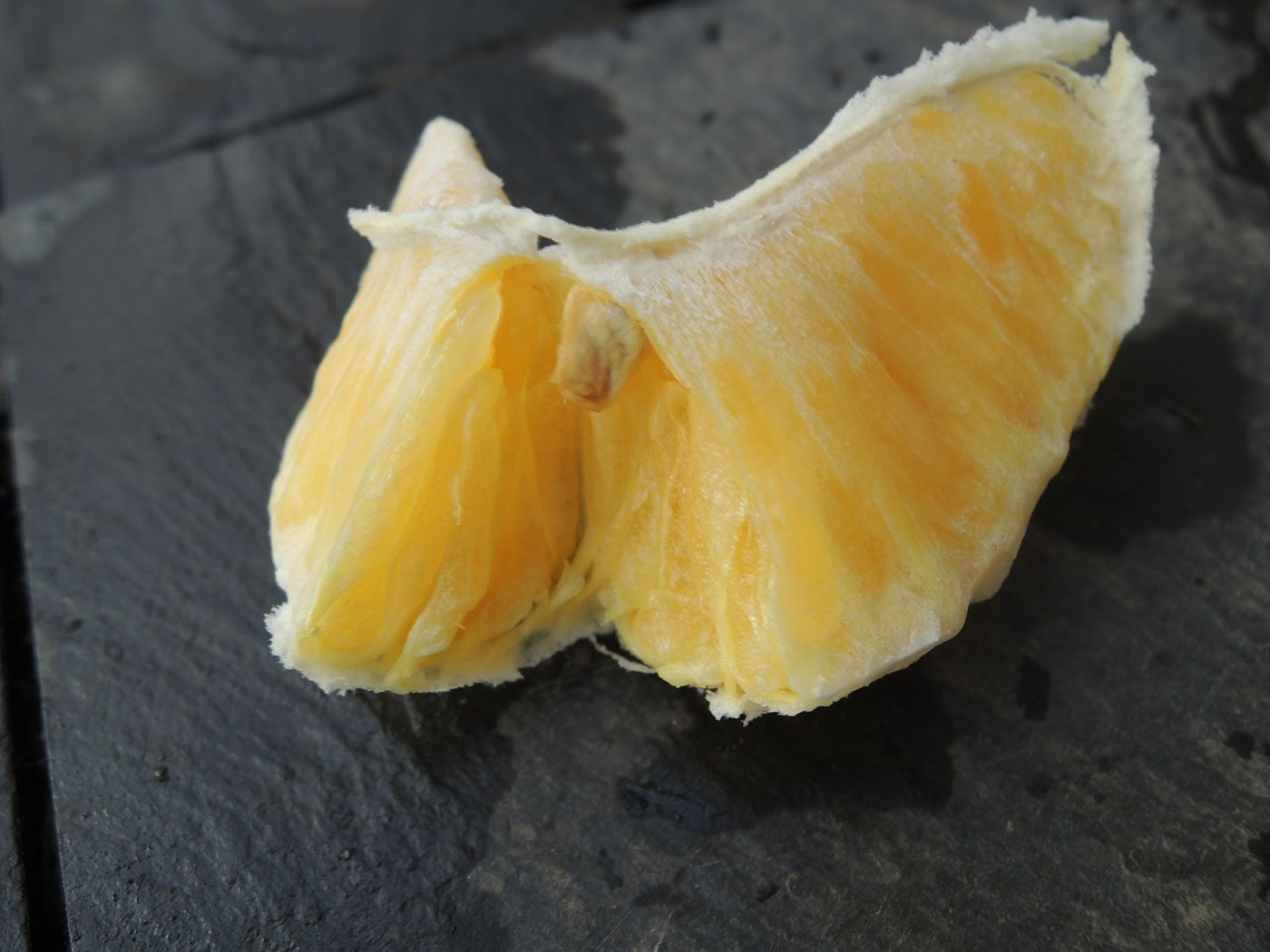

There are few things more disappointing than watching beautiful oranges ripen, only to cut into them and find that the oranges are dry and flavorless. The question of why an orange tree produces dry oranges has plagued many gardeners who are fortunate enough to be able to grow oranges. There are many reasons for dry orange fruit, and hopefully this article will help you pinpoint the causes of dry oranges on your trees.
Possible Causes of Dry Oranges
Orange fruit drying on the tree is technically referred to as granulation. When oranges are dry, there are many factors that can be responsible. •Over-ripened fruit - A common cause of dry orange fruit is when the oranges are left too long on the tree after they are fully ripe. •Underwatering - If a tree receives too little water while in fruit, this can cause dry oranges. The basic goal of any tree, not just an orange tree, is to survive. If there is too little water to support both the orange tree and the orange fruit, the fruit will suffer. •Too much nitrogen - Too much nitrogen can cause dry orange fruit. This is because nitrogen will encourage rapid growth of foliage at the expense of the fruit. This does not mean that you should eliminate nitrogen from your orange tree's fertilizing schedule (they need nitrogen to be healthy), but make sure that you have the proper amount of nitrogen and phosphorus. •Weather stress - If your weather is unseasonably warm or unseasonably cold while the orange tree is in fruit, this can be a cause of dry oranges. When a tree is under stress from weather conditions, the fruit will suffer while the tree works to survive the unexpected conditions. •Immature orange tree - Oftentimes, the first year or two that an orange tree produces fruit, the oranges are dry. This is because the orange tree is simply not mature enough to properly produce fruit. It is for this reason that some growers will prune away any fruit that appears the first year an orange tree blooms. This allows the tree to focus on maturing rather than on inferior fruit production. •Poor rootstock selection - Though uncommon, if you find that you have dry orange fruit almost every year, it may be that the rootstock that was used for your tree was a poor choice. Almost all citrus trees are now grafted onto hardier rootstock. But if the rootstock is not a good match, the result can be poor or dry oranges. Regardless of the causes of dry oranges, you will often find that fruit harvested later in the season will be more affected than orange fruit harvested earlier in the season. In most cases, the reason an orange tree produced dry oranges will correct itself by the following season.
Gardening tips, videos, info and more delivered right to your inbox!
Sign up for the Gardening Know How newsletter today and receive a free copy of our e-book "How to Grow Delicious Tomatoes".

Heather Rhoades founded Gardening Know How in 2007. She holds degrees from Cleveland State University and Northern Kentucky University. She is an avid gardener with a passion for community, and is a recipient of the Master Gardeners of Ohio Lifetime Achievement Award.
-
 How To Make A Bouquet Garni Or Herb Bundle For Cooking
How To Make A Bouquet Garni Or Herb Bundle For CookingIf you’re a great cook, you may have made an herb bundle before. If this is a new idea, learn how to add sparkle and interest to your dish with a bouquet garni.
By Amy Grant
-
 ‘Coral Charm’ Peony Care For Sublime Semi-Double Peonies With Lush Salmon Pink Flowers
‘Coral Charm’ Peony Care For Sublime Semi-Double Peonies With Lush Salmon Pink FlowersPeonies are known for their soft baby pink or magenta tones, but if plushy coral blooms are your thing, here’s our guide to the ultimate ‘Coral Charm’ peony care
By Tonya Barnett
-
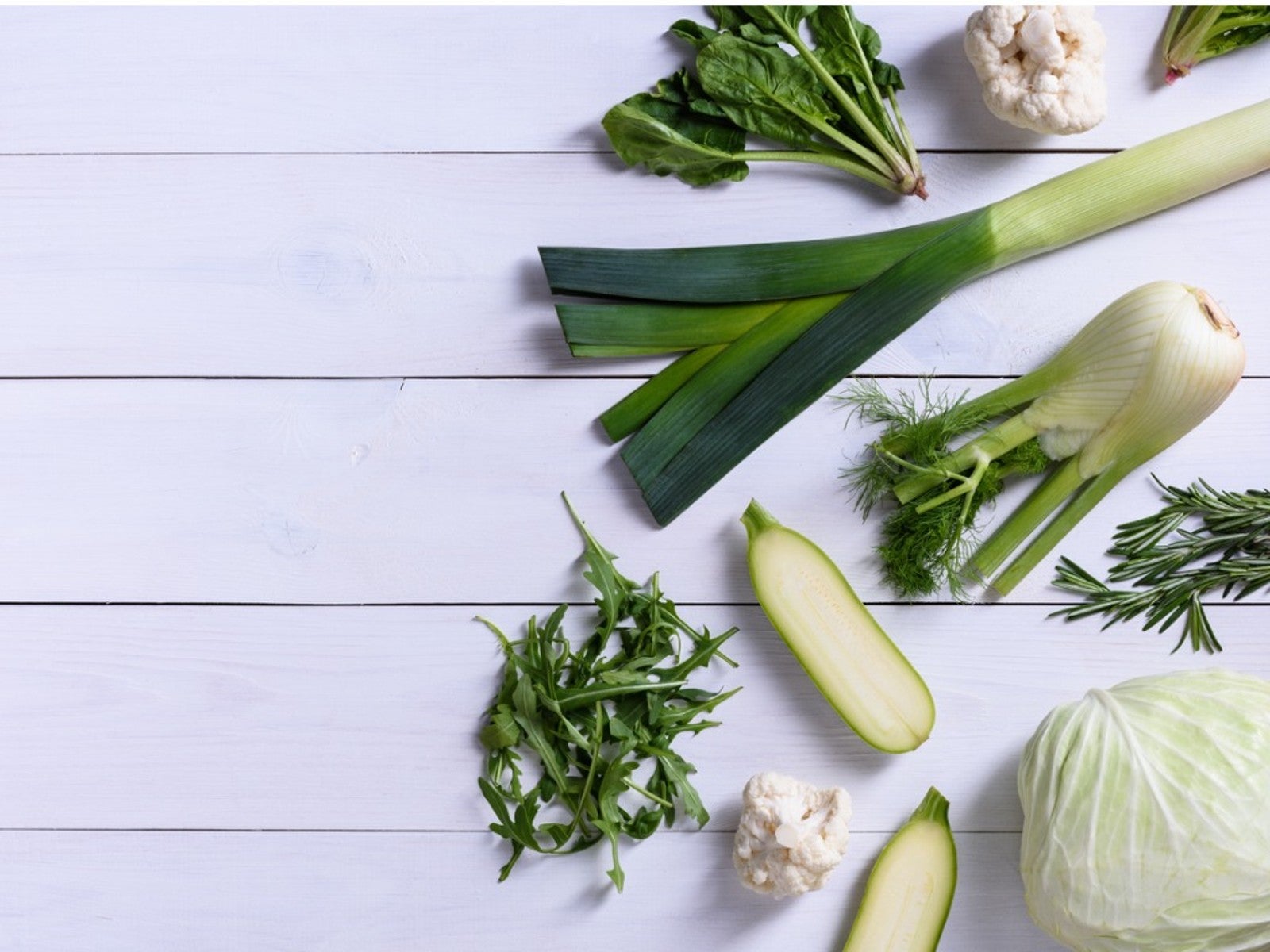 Plants For French Cuisine – Growing French Vegetables In Your Garden
Plants For French Cuisine – Growing French Vegetables In Your GardenA French potager is just a fancy way of saying kitchen garden. Try planting French herbs and vegetables, and in no time you'll be saying bon appétit as you serve your family.
By Bonnie L. Grant
-
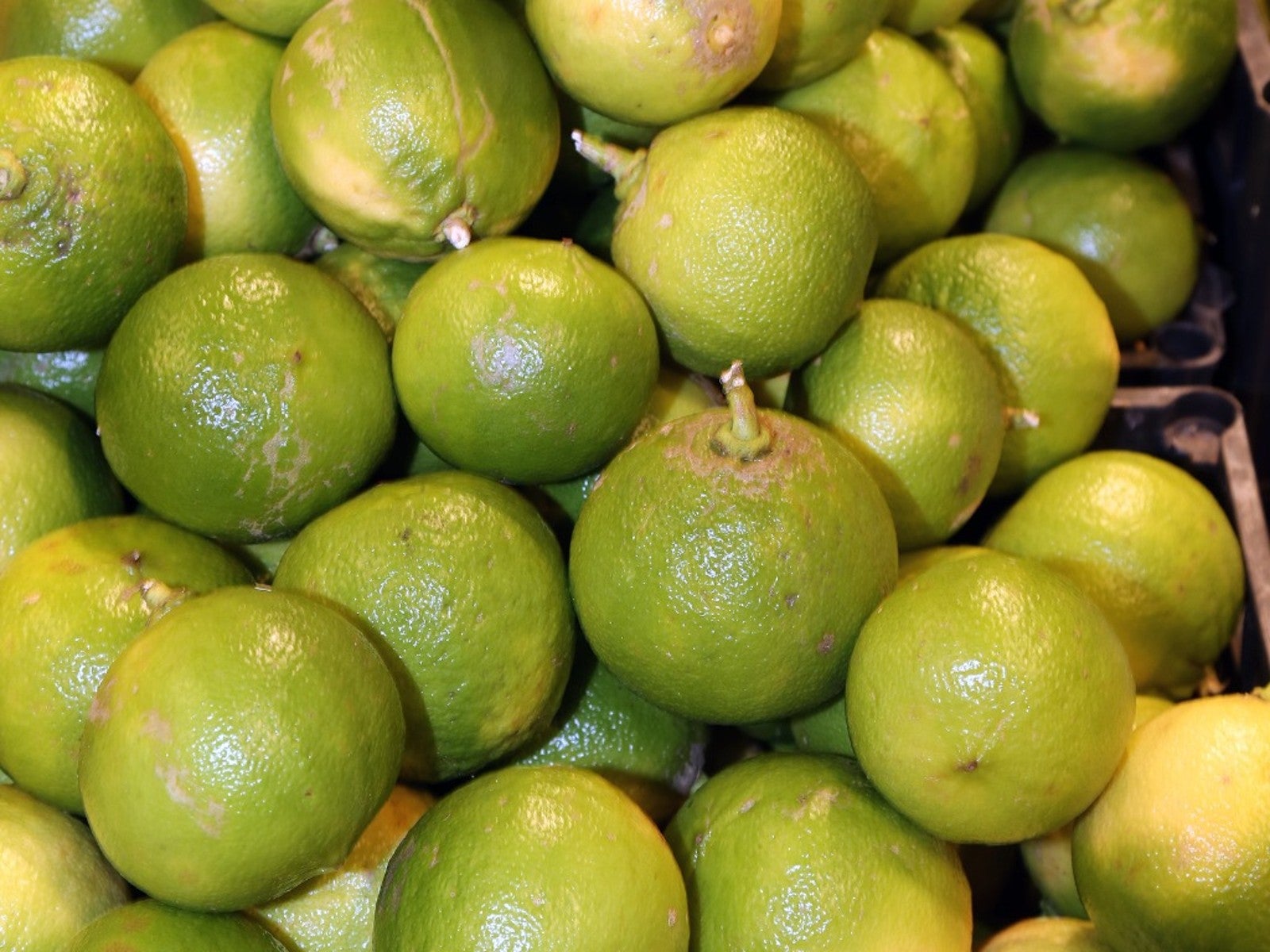 Bergamot Orange Growing Tips – Caring For A Bergamot Orange
Bergamot Orange Growing Tips – Caring For A Bergamot OrangeIf you have ever enjoyed a cup of Earl Grey tea, you know the aroma and flavor of the bergamot orange fruit. Read on for more.
By Mary Ellen Ellis
-
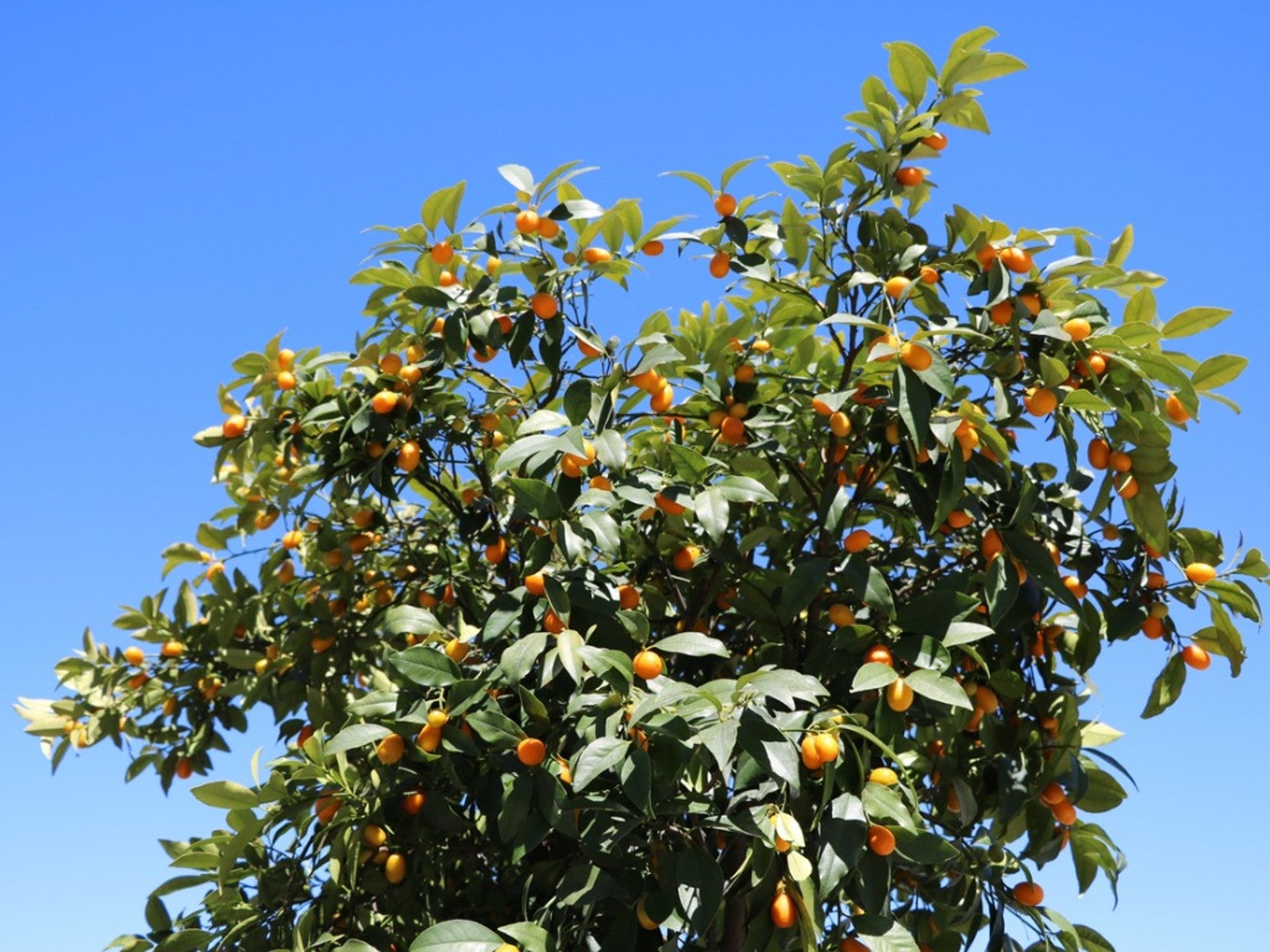 Trovita Dwarf Orange – How To Grow Trovita Orange Trees
Trovita Dwarf Orange – How To Grow Trovita Orange TreesTrovita dwarf orange is an orange tree that can be grown across a wide range of conditions, including indoors. Read on for more.
By Tonya Barnett
-
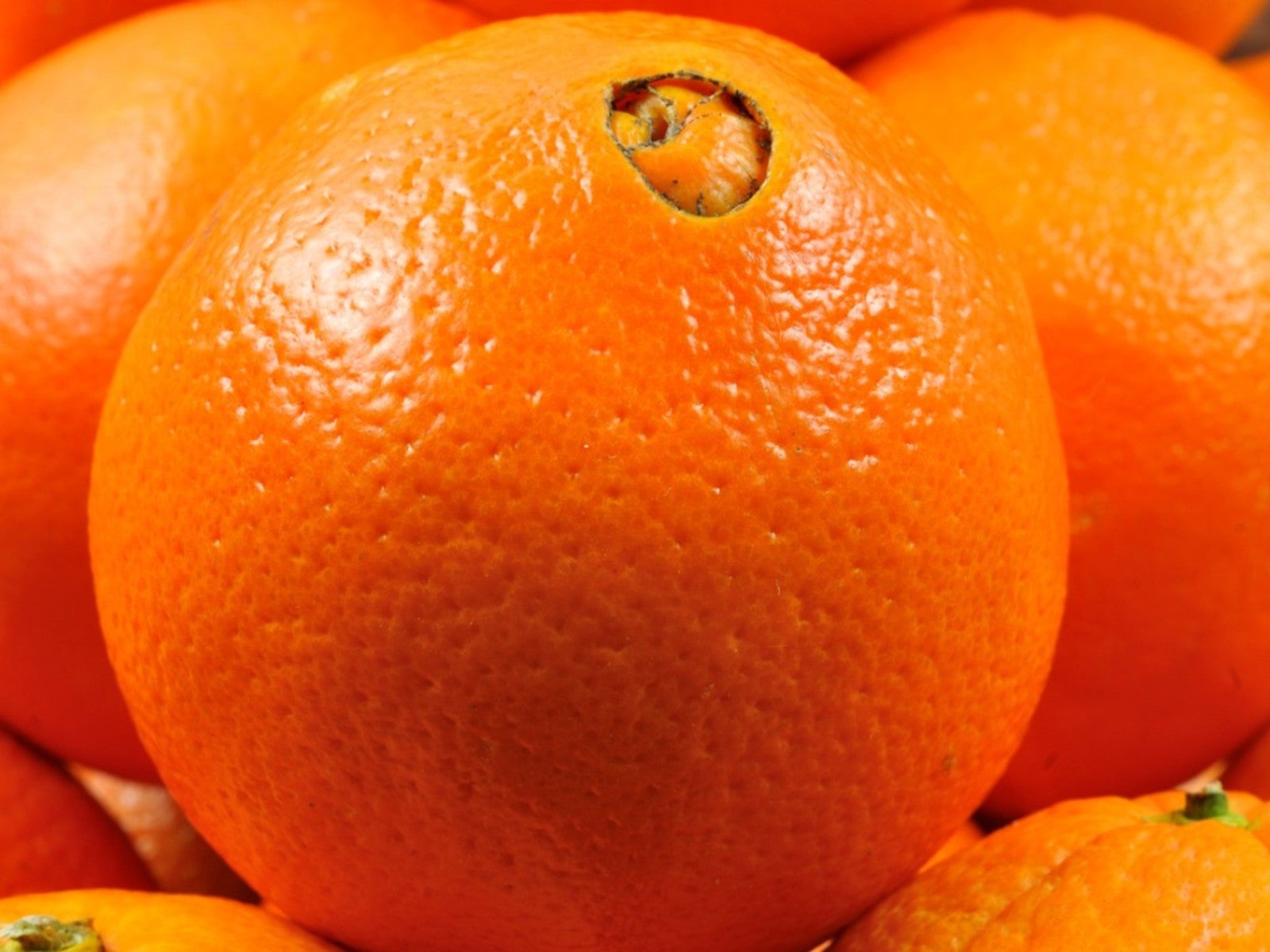 Growing Navel Oranges – Learn About Navel Orange Care
Growing Navel Oranges – Learn About Navel Orange CareSweet, delicious, and easy to peel, navel orange is easy to spot because of the partially formed, belly-button-shaped orange that grows at the bottom end of the fruit.
By Mary H. Dyer
-
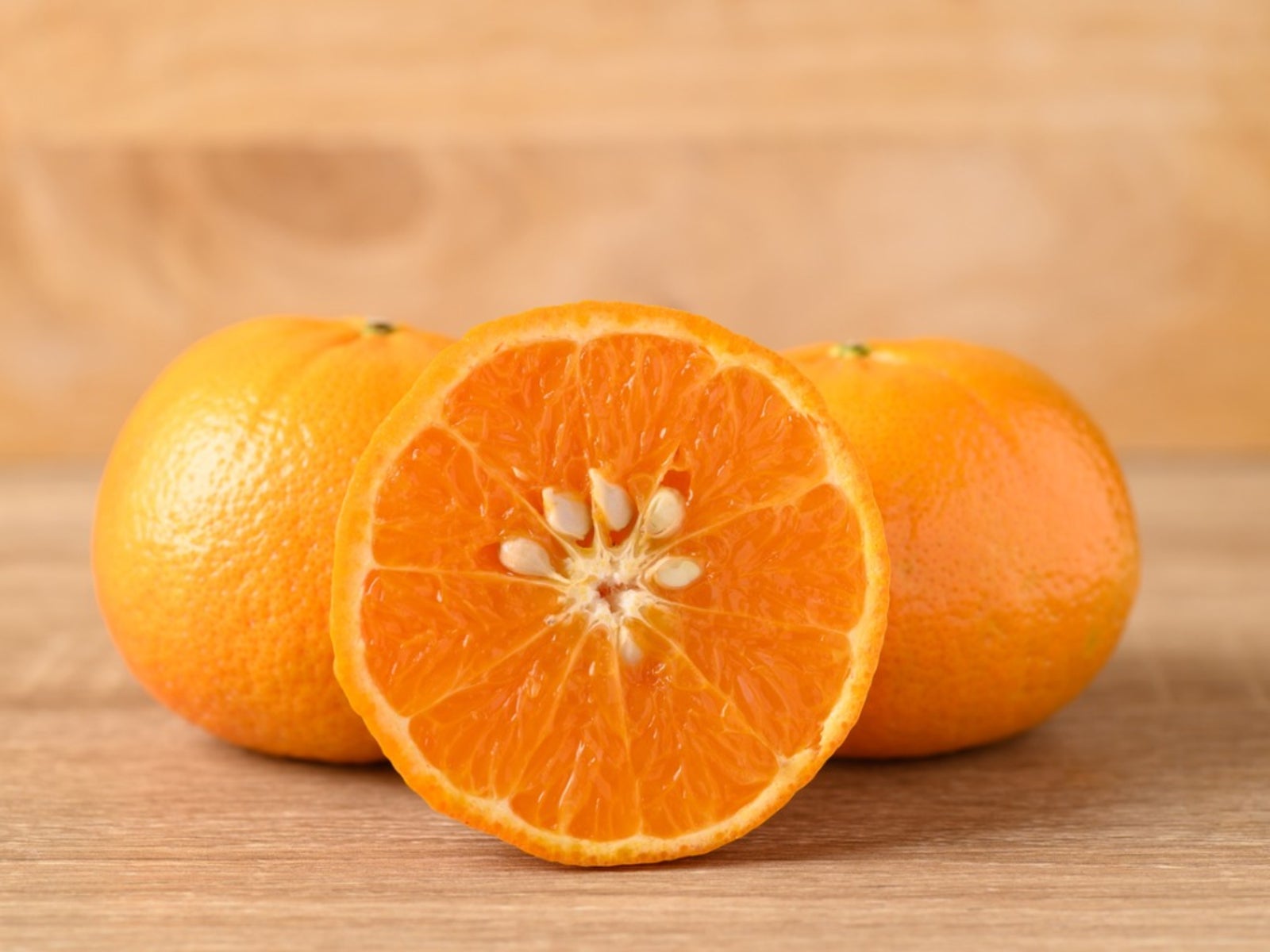 Can You Grow Store Bought Oranges - Planting Grocery Store Orange Seeds
Can You Grow Store Bought Oranges - Planting Grocery Store Orange SeedsAnyone looking for a cool indoor gardening project may want to try growing an orange tree from seeds. Click here to learn how.
By Teo Spengler
-
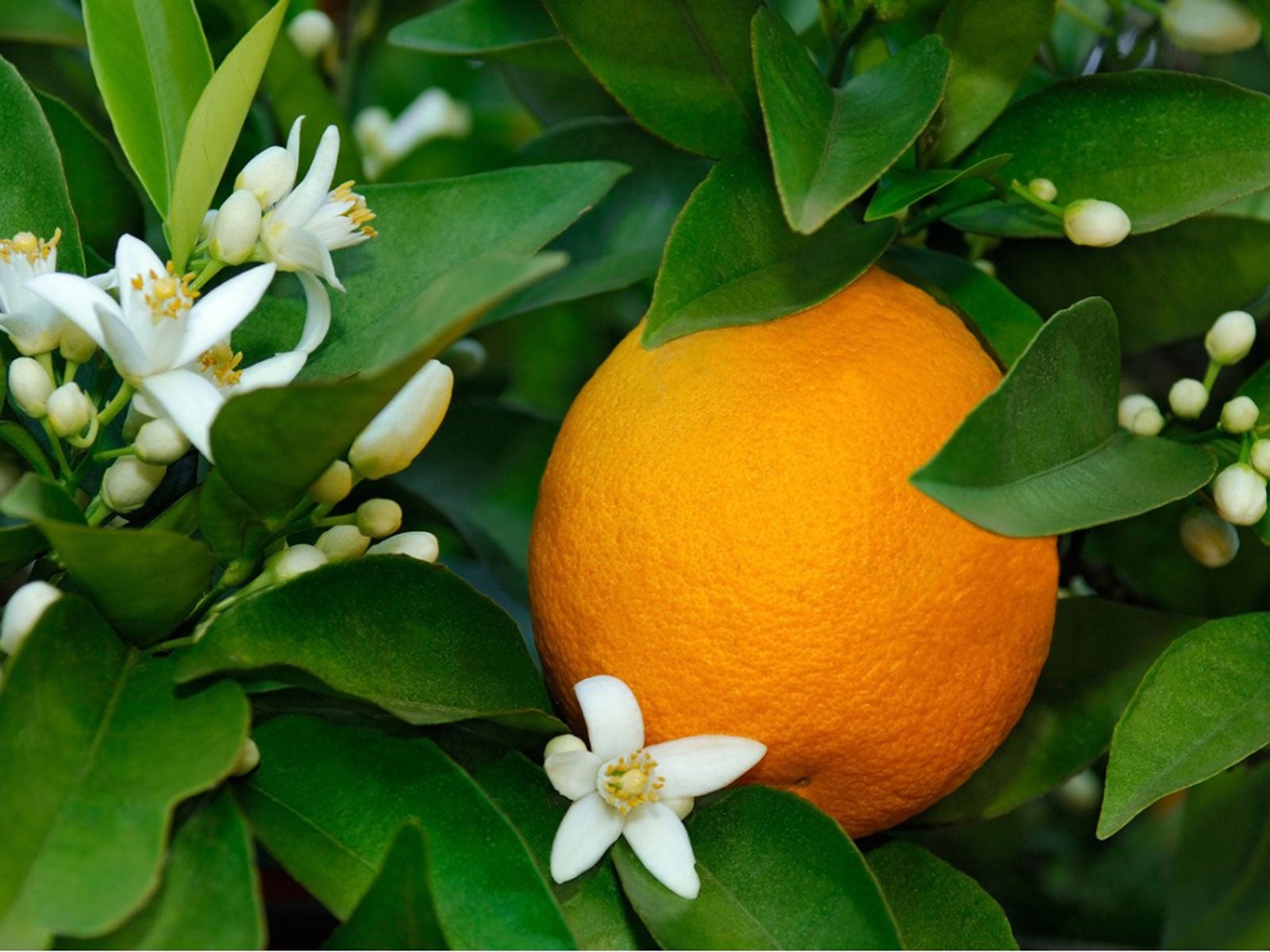 Flowering Orange Harvest: Tree Has Oranges And Flowers At Same Time
Flowering Orange Harvest: Tree Has Oranges And Flowers At Same TimeCan you harvest from a flowering orange tree? Should you allow both waves of fruit crops to come to orange harvest? Find out in this article.
By Teo Spengler
-
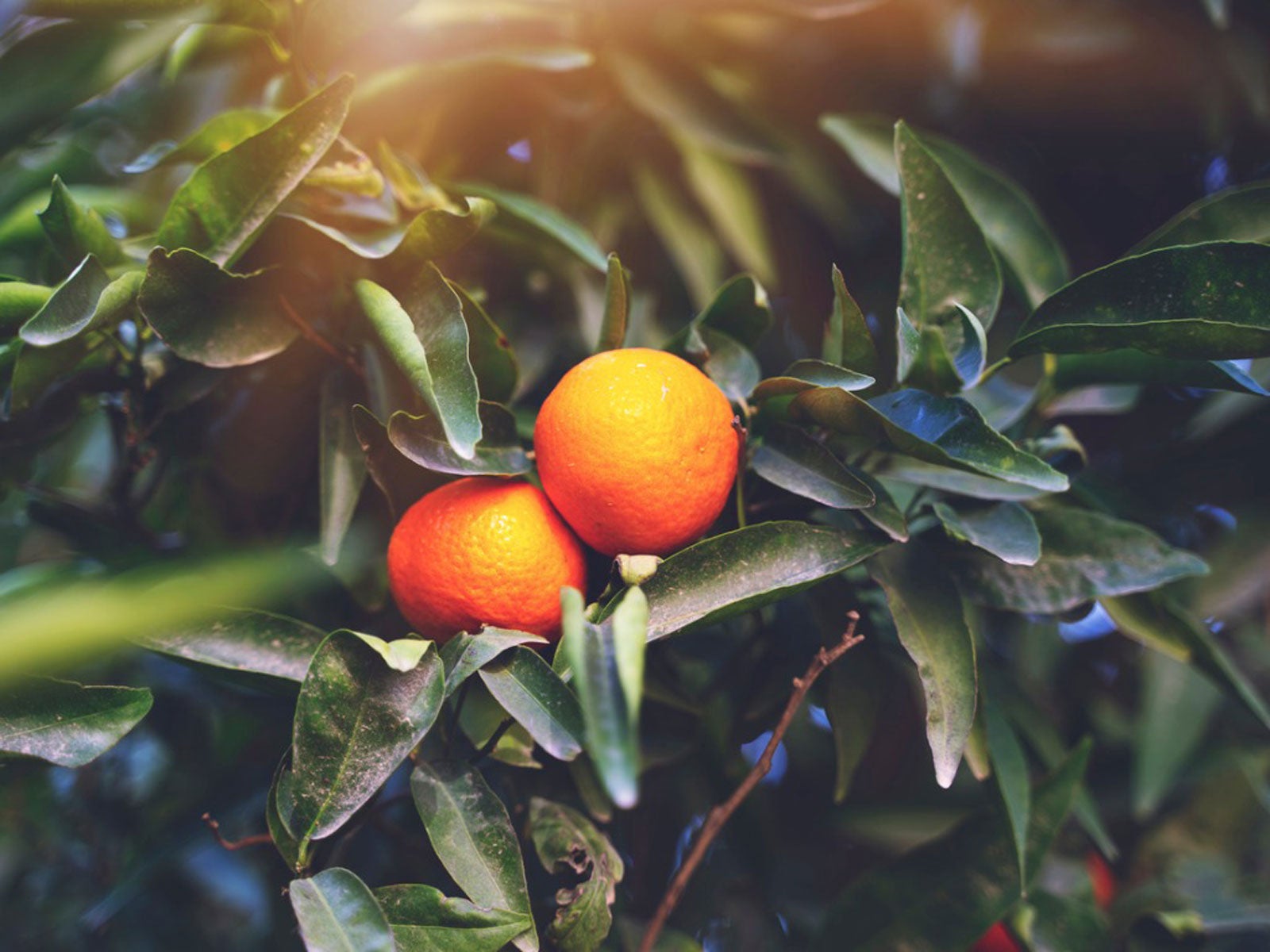 Small Orange Problem – What Causes Small Oranges
Small Orange Problem – What Causes Small OrangesThere are a variety of potential causes for small fruit on orange trees. Click here for an overview of causes of trees with small orange problems.
By Teo Spengler
-
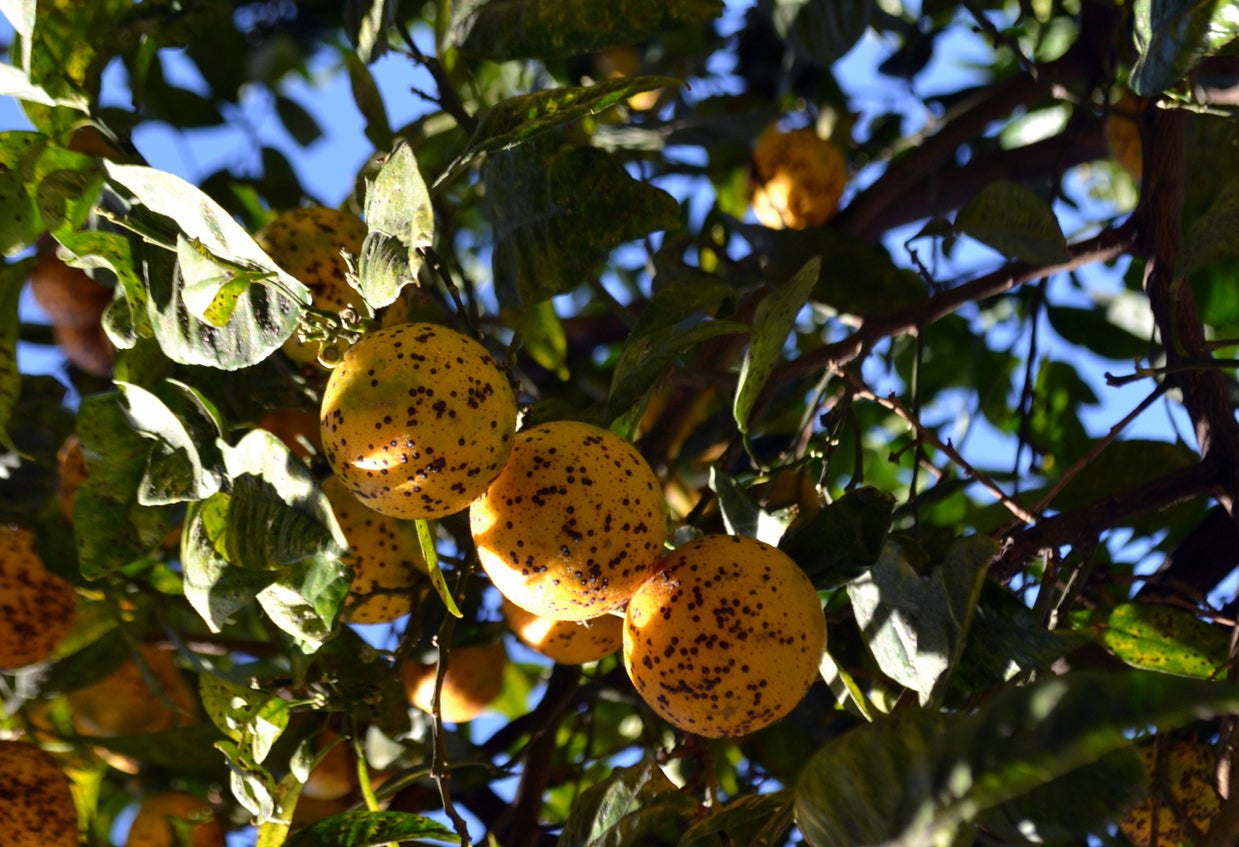 Diseases In Orange Trees: How To Treat A Diseased Orange Tree
Diseases In Orange Trees: How To Treat A Diseased Orange TreeGrowing oranges and other citrus can be a fun hobby for the home gardener, but it can also become derailed by disease. Know some of the main orange disease symptoms so you can catch and manage problems early and still get a great harvest of fruit. This article will help.
By Mary Ellen Ellis